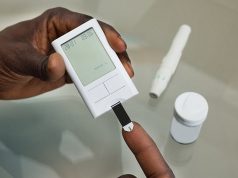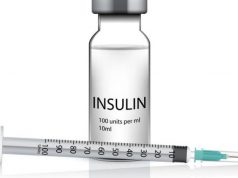Empagliflozin produces comparable glucosuria in subjects with impaired, normal fasting glucose
WEDNESDAY, June 28, 2017 (HealthDay News) — Empagliflozin is associated with improved beta cell function in subjects with impaired fasting glucose (IFG), according to a study published online June 13 in Diabetes.
Muhammad Abdul-Ghani, M.D., Ph.D., from the University of Texas Health Science Center at San Antonio, and colleagues treated eight subjects with normal fasting glucose (NFG) and eight with IFG with empagliflozin for two weeks.
The researchers found that in IFG and NFG subjects, empagliflozin caused 50 ± 4 and 45 ± 4 g glucosuria on day two, respectively, which was maintained for two weeks. In IFG subjects only, fasting plasma glucose (FPG) decreased significantly after 14 days (from 110 ± 2 to 103 ± 3 mg/dl; P < 0.01); no change in FPG concentration was seen in NFG subjects. In IFG subjects only, empagliflozin enhanced beta cell function. During the hyperglycemic clamp, there was an increase in the incremental area under the plasma C-peptide concentration curve (P < 0.01); in NFG subjects the plasma C-peptide response remained unchanged. During the hyperglycemic clamp, insulin sensitivity was not affected by empagliflozin. In IFG, but not in normal glucose tolerance subjects, beta cell function measured with the insulin secretion/insulin sensitivity (disposition) index increased significantly.
“Inhibition of renal sodium-glucose co-transport with empagliflozin in IFG and NFG subjects produces comparable glucosuria but lowers the plasma glucose concentration and improves beta cell function only in IFG subjects,” the authors write.
Several authors disclosed financial ties to pharmaceutical companies, including Boehringer Ingelheim, which manufactures empagliflozin and partially funded the study.
Abstract/Full Text (subscription or payment may be required)
Copyright © 2017 HealthDay. All rights reserved.








